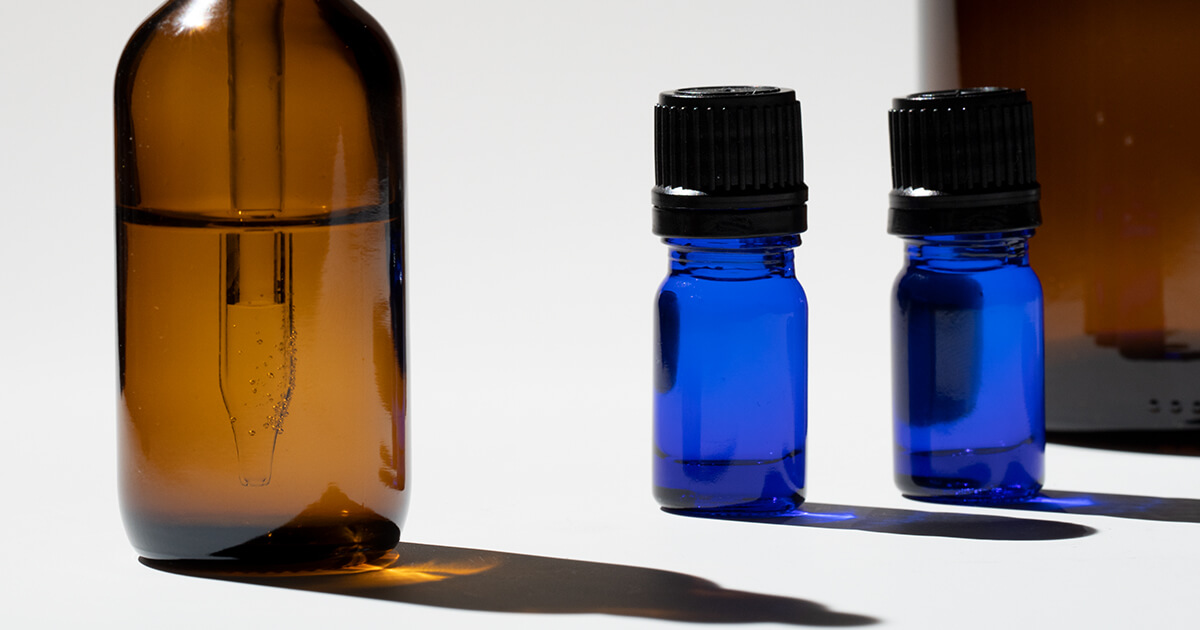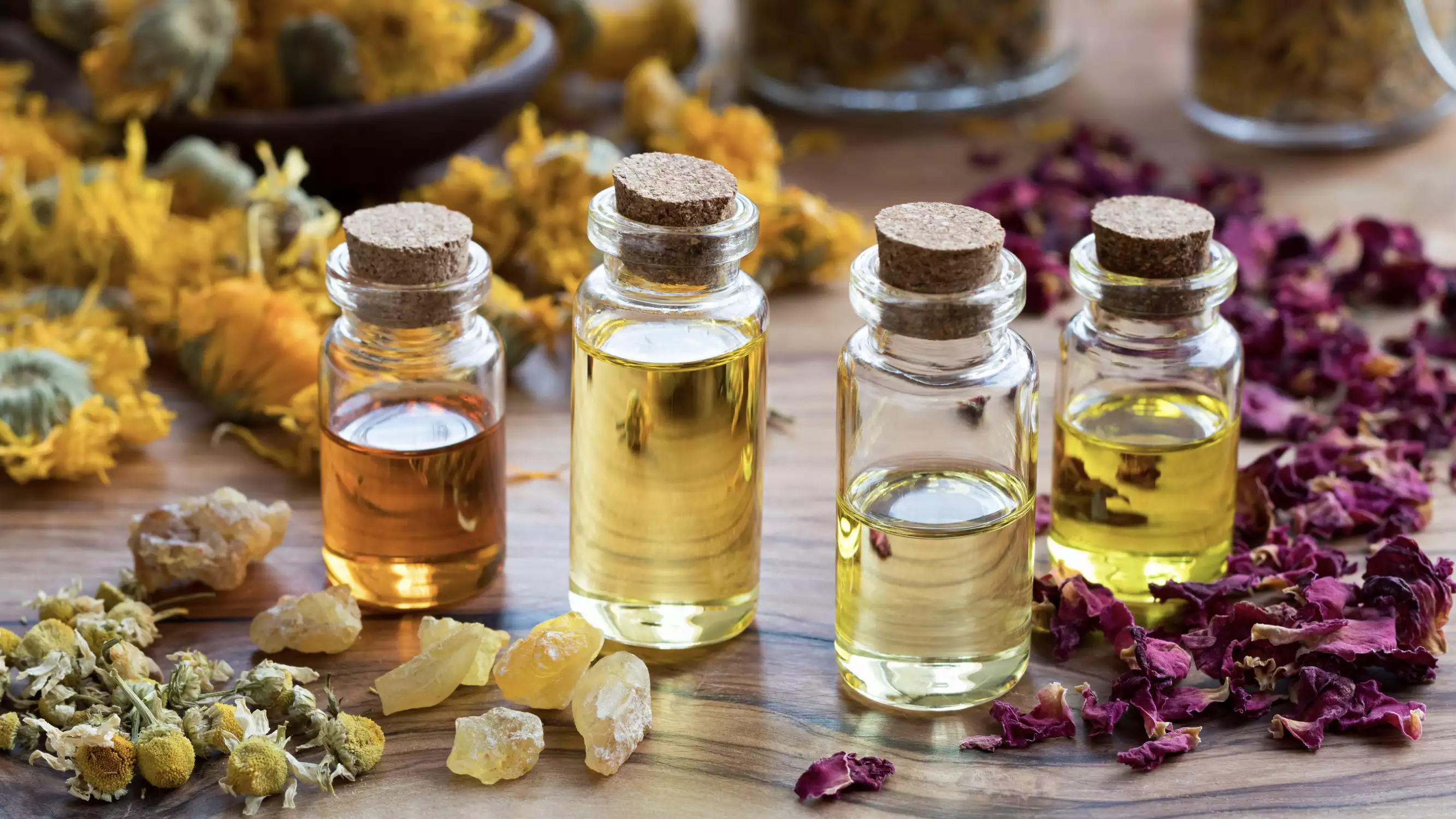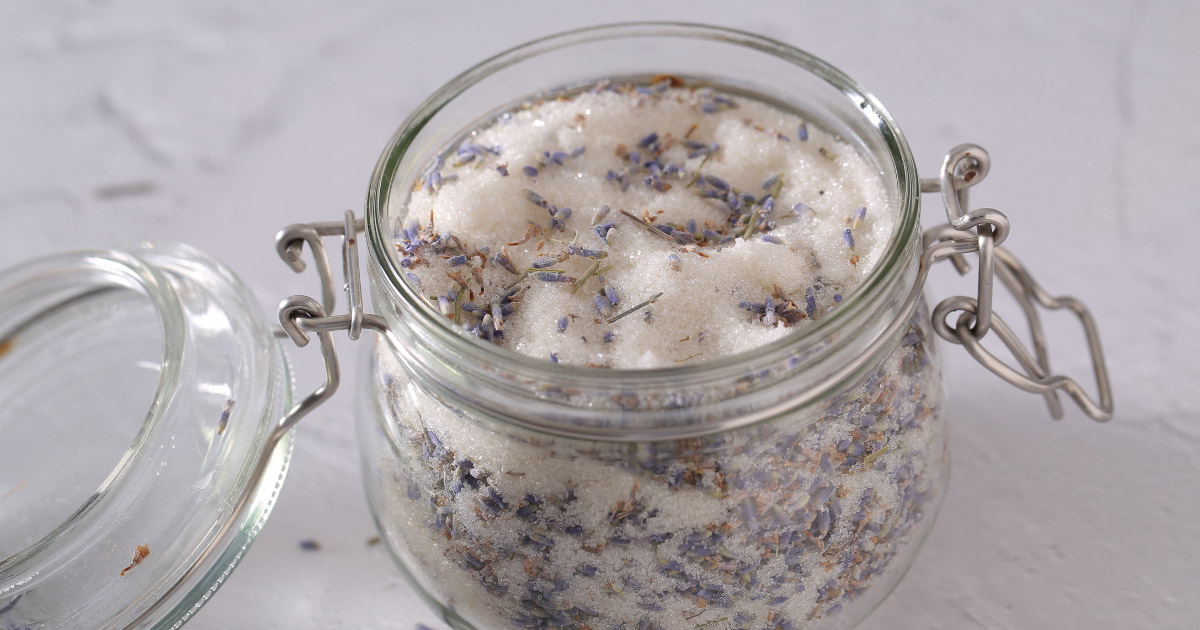Essential Oil Science: Which Oils to Use for Colds

Thanks to essential oil science, we know which oils to use during a cold or flu.
Conifer oils are a great choice! Most conifer oils contain molecules that can support your body through a cold or the flu.
α-Pinene, for example, is a molecule found in Pinyon Pine and Balsam Fir oil. Researchers who study essential oil science have found that α-pinene has a host of benefits!
α-Pinene can:
Soothe pain & inflammation (including in the respiratory system)
Reduce the threat of germs, including some bacteria & viruses
Ease spasms & tension in muscles
Easy to see why this little molecule is such a great ally on your road back to health!
More essential oil science for cold care
And α-pinene is far from the only essential oil molecule that can support your body’s natural healing process.
In this body oil recipe, I’m using oils rich in SEVEN helpful components! (I’ll share some essential oil science about these after the recipe.) These seven molecules come together to create an ultra-comforting body oil that can soothe inflammation, reduce germs, encourage a strong immune response, and work that all-over body aches out of your muscles.
Evergreen & Cinnamon Cold Care Oil
This ultra-comforting body oil is so helpful to have when you're experiencing cold and flu symptoms.
Ingredients
1 fl oz (30 ml) Jojoba Wax (Simmondsia chinensis)
6 drops Pinyon Pine essential oil (Pinus edulis)
6 drops Balsam Fir essential oil (Abies balsamea)
5 drops Tamala essential oil (Cinnamomum tamala ct. linalool)
1 drop Cinnamon Leaf essential oil (Cinnamomum zeylanicum)
Equipment
One 1 fl oz (30 ml) amber glass bottle with coned cap.
Directions
Add the jojoba oil to the amber glass bottle.
Drop in your essential oils.
Gently shake to combine.
Make this recipe in a 1 oz (30 ml) glass bottle. Combine the jojoba and essential oils and shake gently.
Massage the body oil into your skin as needed while you’re getting well, but it should only be used on a short-term basis. That’s due to the Cinnamon Leaf oil in this blend (more on the science behind that below)!
As you breathe in the nourishing essential oils, your skin is also absorbing the molecules, allowing them to enter your bloodstream. Since transdermal (through the skin) absorption is slower than inhalation, your body gets a slow and steady supply of these supportive components.
Pinyon Pine essential oil (Pinus edulis)
In addition to α-pinene, Pinyon Pine contains β-Pinene. In a 2007 study, researchers found that β-pinene helped calm pain.
Balsam Fir essential oil (Abies balsamea)
Just like Pinyon Pine, Balsam Fir oil contains α-pinene and β-pinene!
It’s also rich in a molecule called δ-3-carene. This component can calm pain, and helps the body clear out germs and excess mucus. (δ-3-carene is what’s known as a “mucolytic.”)
Ready for one more?
Balsam Fir contains bornyl acetate, another molecule that helps ease pain and inflammation—especially in the lungs!
Tamala essential oil (Cinnamomum tamala ct. linalool)
Tamala contains two of the most potent components that essential oil science has studied: linalool and 1,8-cineole!
Linalool is one of the most widely researched essential oil molecules. We have mountains of proof showing it soothes inflammation, deeply relaxes the body, eases anxiety, and even protects against certain viruses.
1,8-cineole is a super-potent molecule for respiratory health. (It’s the primary component in Eucalyptus, the most famous oil for clear breathing!) It helps by calming inflammation and encouraging the body to clear out mucus.
Are you picking up on a theme here? Most of these molecules can calm inflammation in one way or another! This can comfort your sinuses when you have a cold or the flu.
Cinnamon Leaf essential oil (Cinnamomum zeylanicum)
Remember that I mentioned Cinnamon Leaf was the reason to only use this recipe on a short-term basis?
That's because it contains eugenol.
Eugenol is a strong component. While it’s excellent for soothing pain and reducing the threat of germs (including some viruses) it can irritate your skin. There’s only ONE drop of Cinnamon Leaf in this blend, and that’s all the eugenol we need!
Now you know some essential oil science for cold and flu season.
Discover safe, natural solutions to prevent and quickly recover from colds & flu in our 3-hour workshop, Protect Your Family from Colds & Flu!
Learn how essential oils can support your family’s health and well-being, helping you stay well and providing much-needed relief when you’re feeling under the weather. You’ll learn which essential oils can help you prevent and recover from respiratory infections and gain a strong understanding of how and why they work.
REFERENCES
Barboza, J. N., da Silva Maia Bezerra Filho, C., Silva, R. O., Medeiros, J., & de Sousa, D. P. (2018). An Overview on the Anti-inflammatory Potential and Antioxidant Profile of Eugenol. Oxidative medicine and cellular longevity, 2018, 3957262. doi.org/10.1155/2018/3957262
Chen N, Sun G, Yuan X, Hou J, Wu Q, Soromou LW, Feng H. (2014) Inhibition of lung inflammatory responses by bornyl acetate is correlated with regulation of myeloperoxidase activity. Journal of Surgical Research 186, 436-445.
Da Silva AC, Lopes PM, de Azevedo MM, Costa DC, Alviano CS, Alviano DS. (2012) Biological activities of a-pinene and ß-pinene enantiomers. Molecules 2012 17, 6305–16.
Friedman, M., Henika, P.R., Mandrell, R.E. (2002) Bactericidal activities of plant essential oils and some of their isolated constituents against Campylobacter jejuni, Escherichia coli, Listeria monocytogenes, and Salmonella enterica. Journal of Food Protection®, 65(10), 1545-1560.
Guimarães AG, Quintans JSS, Quintans-Júnior LJ. (2013) Monoterpenes with analgesic activity – a systematic review. Phytotherapy Research 27,1-15.
Katsuyama S, Mizoguchi H, Kuwahata H, Komatsu T, Nagaoka K, Nakamura H, Bagetta G, Sakurada T, Sakurada S. (2013) Involvement of peripheral cannabinoid and opioid receptors in β-caryophyllene-induced antinociception. European Journal of Pain 17, 664–675. doi:10.1002/j.1532-2149.2012.00242.x.
Liapi C, Anifandis G, Chinou I, Kourounakis AP et al. (2008) Antinociceptive properties of 1,8-cineole and beta-pinene, from the essential oil of Eucalyptus camaldulensis leaves, in rodents. Planta Medica 74,7,789
Niccolini P, Pasotti V, Caliari W. (1964) New pharmacological properties of delta-3-carene. Antibacterial and expectorant effects. Bollettino Chimico Farmaceutico 103,598-608
Peanna, A.T., D’Aquila, P.S., Panin, F., Serra, G., Pippia, P. and Moretti, M.D. (2002) Anti-inflammatory activity of linalool and linalyl acetate constituents of essential oils. Phytomedicine 9, 721-726.
Price, S. and Price, L (2007) Aromatherapy for Health Professionals 3rd Edition. Edinburgh: Churchill Livingstone.
Vimalanathan, S., Hudson, J. (2014) Anti-influenza virus activity of essential oils and vapors. American Journal of Essential Oils and Natural Products. 2(1), 47-53.





